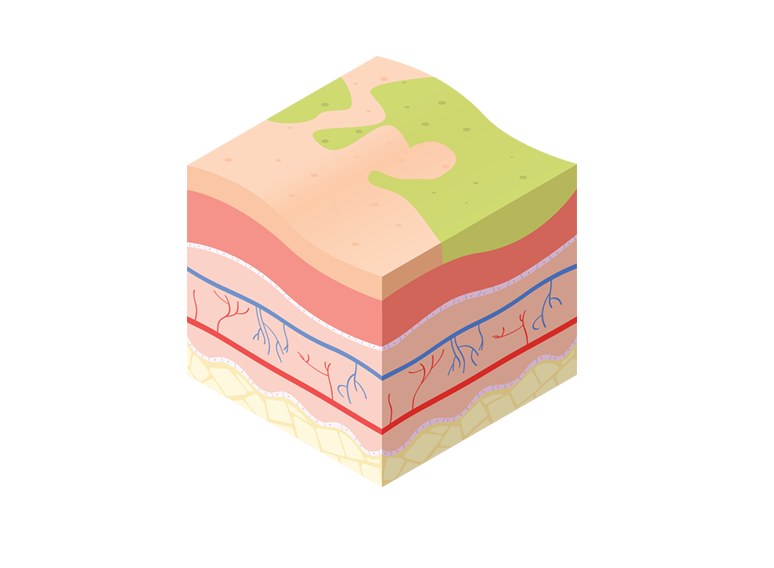
What is a Infected Wound?
Infection can develop in any type of wound and is usually accompanied by pain, inflammation, oedema, odour, swelling or increased exudate. Left untreated the infection can spread, becoming a more severe systemic infection requiring medical intervention
The most severe local complication of an infected wound is stalled wound healing, resulting in a non-healing wound. This often results in significant pain and discomfort and is detrimental to the psychological wellbeing of the patient. More serious systemic complications can include cellulitis, osteomyelitis or septicemia.

Treatment Aims
Localised infections in a wound can often be treated with topical antibiotics. Debridement may also be necessary to remove any slough and devitalised tissue, which can slow wound healing and can affect the efficacy of topical antibiotics. Antimicrobial dressings can also be used to help reduce bioburden.
Products that treat Infected Wounds

Learn More
With the Education HubWant to learn more about a range of different wound types and how they can be treated? Visit our free Education Hub.
Wound Types
Select a wound type below to discover more...
-

Necrotic tissue is dead or devitalised non-viable tissue which impedes wound healing.
-

Slough refers to the yellow/white material in the wound bed.
-

Granulation describes the appearance of the red, bumpy tissue in the wound bed as the wound heals.
-

Epithelialisation is the final stage of wound healing and is pink/white in colour.
-

Cavity wounds can be defined as a wound that extends beneath the dermis.
-

A fungating wound develops when cancer that is growing under the skin breaks through the skin and creates a wound.
-

A scar may appear flat, lumpy, sunken, or coloured.
-

Return to the Wound Guide Information Page













